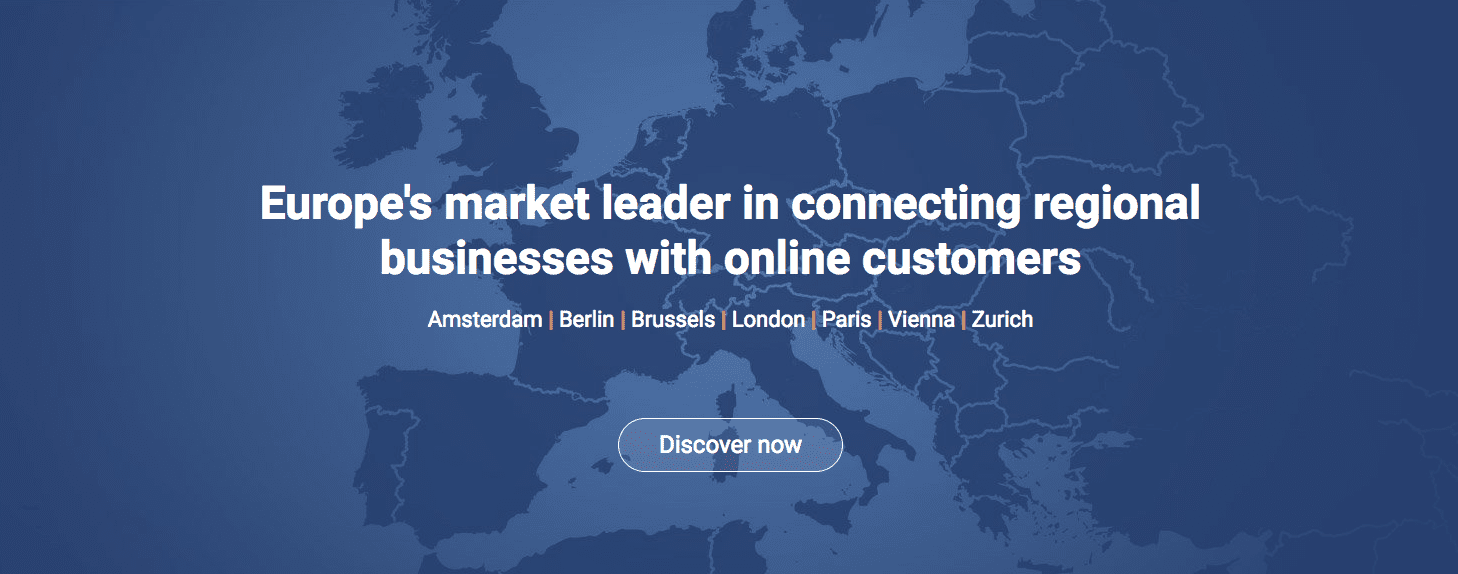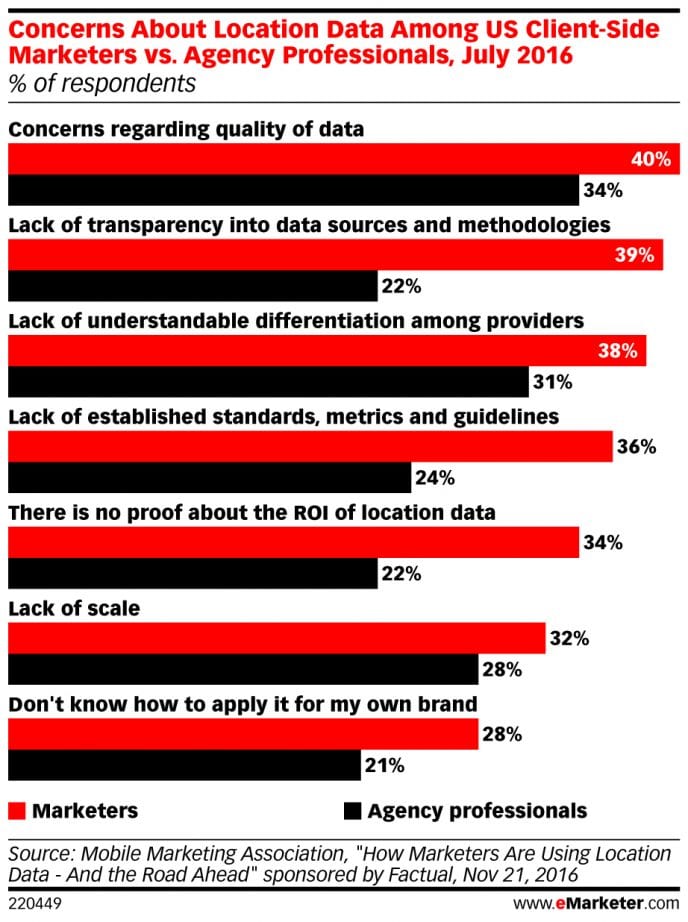Everyday when I grab my iced tea and mid-afternoon snack from the lunchroom in the office, I take my phone with me to a little blue chair we have on the 8th floor, and I scroll through my email newsletters, social newsfeeds and favorite websites for a short 15 minute break. I do this in the same place almost every single day.
For me, this content consumption habit is strong—but these patterns exist for other people too, and they have huge ramifications for marketers looking to target a certain audience.
Where is your audience, when are they reading, and why are they reading? These are all questions marketers wish they could answer easily, in order to target to their best abilities.
We recently partnered with Digital Element to increase our location-based targeting ability. The leading IP intelligence provider’s NetAcuity Pulse technology helps pinpoint users’ location worldwide.
Now you can target your Taboola campaigns by postal code and time of day—know the location of your audience before your content reaches their eyes.
Käuferportal targets audience in a specific zip code.
Location is very important for brands looking to make a local impact—not every campaign is relevant globally, and some, like local events, might only be relevant to a very specific location like a postal code or zip code.
We’ve seen a positive reaction to this capability from our brand partners, who can now be more accurate when their running campaigns. Käuferportal, a lead generation platform targeting the German market for small and medium-sized businesses, has found Taboola to be more effective for their business model with the ability to zip code target:
“Up until now, advertising via Taboola didn’t make a lot of sense for us in certain regions, due to our business model,” said Martin Mickiewicz, Online Marketing Manager at Beko Käuferportal GmbH in Berlin.
“As we don’t have full coverage of suppliers in certain regions, targeting at country or state level would have led to a massive loss of leads.”
“The new ability to target at zip code level, and therefore target more granularly, has helped us reach the right audience of interested buyers in the right areas, and led to an increase in conversion rate.” – Martin Mickiewicz, Online Marketing Manager at Beko Käuferportal GmbH in Berlin.
“The new ability to target at zip code level, and therefore target more granularly, has helped us reach the right audience of interested buyers in the right areas, and led to an increase in conversion rate. The zip code targeting functionality of Taboola is a valuable and useful addition to our marketing mix.”
In the past, companies would have to rely on less accurate location targeting. Example campaigns like local events and digital promotion of brick and mortar establishments would have to rely on loose targeting tactics like hashtags and interest targeting.
This was a huge problem for client-side marketers. According to November 2016 research published by eMarketer, roughly 40% of marketers are concerned with both data quality and transparency.
These concerns have led to greater scrutiny on the part of brands when it comes to the success of localized campaigns and location data. Now they can run campaigns in locations as accurate as a zip code to ensure the accuracy of the data and their success.
Not anymore—with Taboola, you can now target your campaigns by zip code to ensure that only people in your target locale reach your content.
This is how you get started with postal code targeting right now.
You can now target postal codes in Taboola’s Backstage platform in over 150 countries.
We’ve seen high coverage in dominant markets like the United States (US), Canada, Brazil, Argentina, Mexico, France, United Kingdom (UK), Germany, Italy, Netherlands, Spain, Israel, Russia, China, Japan, India, Korea, Thailand, Australia, and New Zealand.
In order to get started with zip code targeting, navigate the ‘campaign targeting’ section in the edit campaign page.
Under ‘locations to be included’ you can select ‘postal/zip code,’ and from there, enter the zip codes relevant for your audience.
In addition to targeting specific postal codes, we’ve rolled out a “block” functionality for postal code targeting, so brands can run a campaign in a specific country, excluding the list of particular postal codes.
When you start targeting via postal code—and we really can’t stress this enough—test, test, test. Factors like demographics, timezone, and previous online interests all affect campaign success—you’ll be the most successful responding to insights you gather and you optimize future campaigns.


